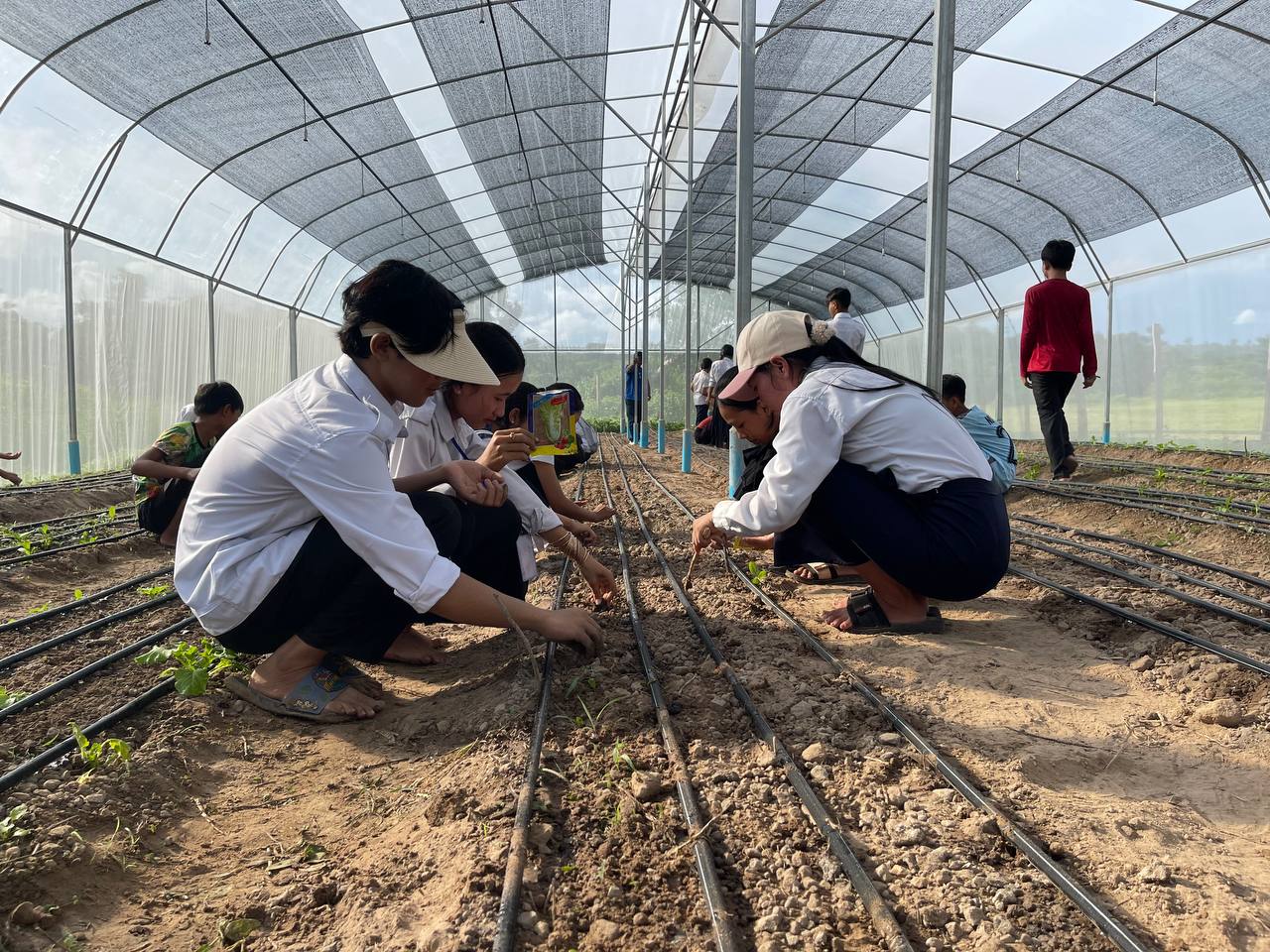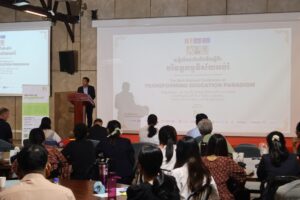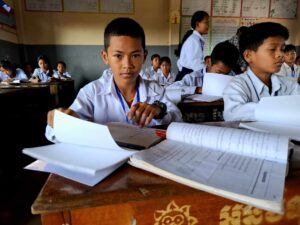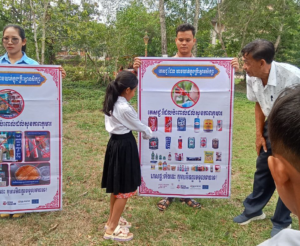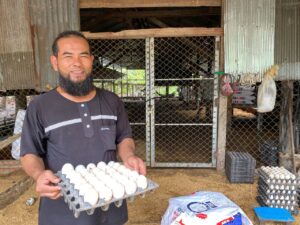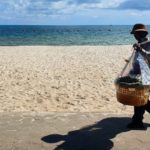Action Education (AE), a Geneva-based international NGO formerly known as Aide et Action, has launched a project to help generate new income for local communities with ornamental plants.
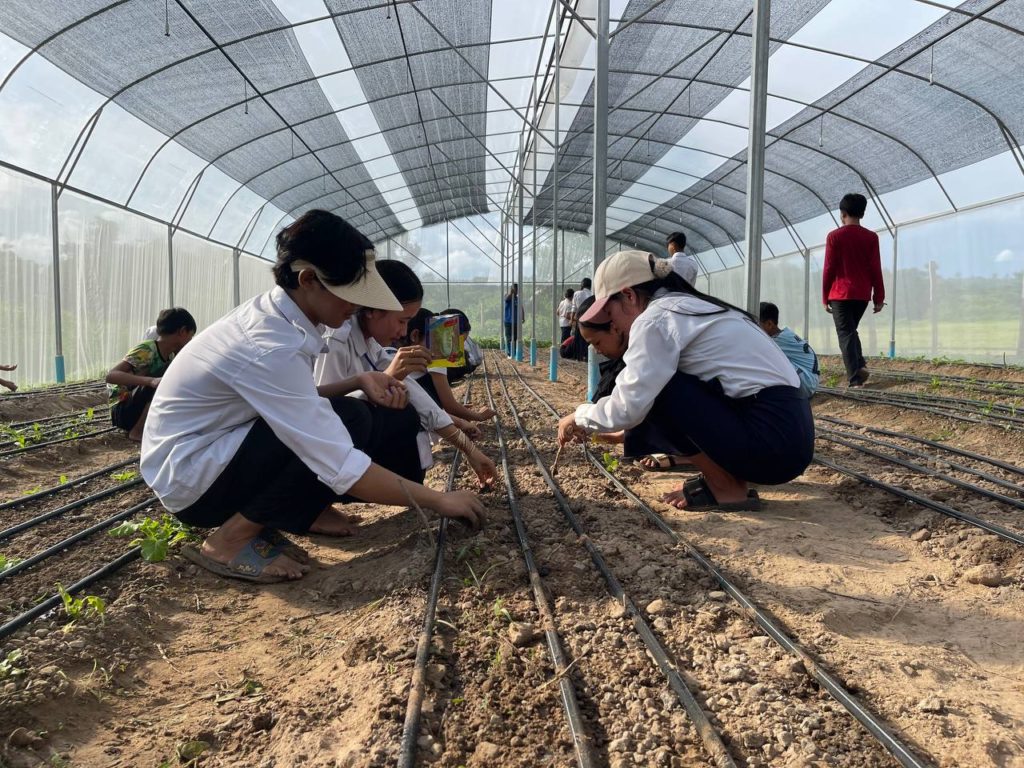
According to a recent study, Cambodia spends no less than $50 million annually on importing such decorative plants from other countries. Now, it said, Cambodians can grow saplings in response to market demand, creating a fresh revenue stream.
In early August, AE joined forces with Tropic Planners and Landscape International Co Ltd (TP&L), signing a partnership agreement.
The collaboration aims for technical skills and green growth market development in coastal areas to foster economic growth and green environment initiatives.
Cultivating green schools and capitalising on ornamental plants in public schools and selected fisheries communities is the project’s primary objective.
The plan is part of the broader scheme of the Consortium for Sustainable Alternatives and Voice for Equitable Development (CO-SAVED).
The partnership comprises co-financing of more than $80,000 and will span one year.
It will involve practical training in horticulture and gardening, and the installation of six greenhouses with advanced irrigation systems, as well as continual site monitoring of the greenhouse construction in selected schools.
Seed funding will be provided as a co-impact investment for coastal communities focusing on green environment activities and inclusive livelihoods, along with the promotion of green life skills in schools.
“All 210 communities, including 93 fishing villages in the provinces of Kampot, Kep, Koh Kong and Preah Sihanouk, will benefit from the collaboration. The partnership focuses on decorative nursery products, aligning them with market trends, and efforts towards commercialisation,” said a joint press release.
Vorn Samphors, country director of AE, on August 7 said the organisation has collaborated with several partners. It aims to provide communities with more than 200 school-based educational services, addressing issues related to clean water and ecotourism for coastal communities.
“While exploring the potential to increase new income with ornamental plants, experts found that Cambodia has imported ornamental wood or plants often used in villas, resorts, or various tourism areas, costing more than $50 million per year,” he explained.
He emphasised that this spending could benefit local communities, particularly the youth and people, through training, market orientation and domestic commercialisation.
“We will provide the seeds in line with the actual needs of the market, specific sites and tourist areas. In the first phase, we will identify a variety of trees that we can grow and sell quickly to meet those needs and earn a good income,” Samphors said.
The organisation and company would explore possibilities to purchase decorative plants from communities, serving customer needs while the project maintains a market plan or three income sources, he added.
The initiative is a significant step in self-reliance and boosting the local economy through an innovative approach to ornamental horticulture.
Samphors further detailed the plan for maximising the benefits from the ornamental plant project.
“First of all, we will arrange to have our own markets in the plantation areas by exhibiting decorative saplings, and we hope there would be support from tourism. Secondly, we create sites in targeted areas within the province. Lastly, we will have contracts with other partners, as well as Tropic Planners and Landscape International, to buy saplings for resupply,” he said.
He underlined the multi-faceted approach AE and its partners are taking to ensure that the ornamental plant industry not only enriches local communities but also integrates seamlessly with existing tourism and resort industries.
It illustrates a thoughtful strategy that combines local resources with broader market opportunities, creating a potentially vibrant and self-sustaining ecosystem.
(Article was published on Phnom Penh Post / Publication date 09 August 2023)



